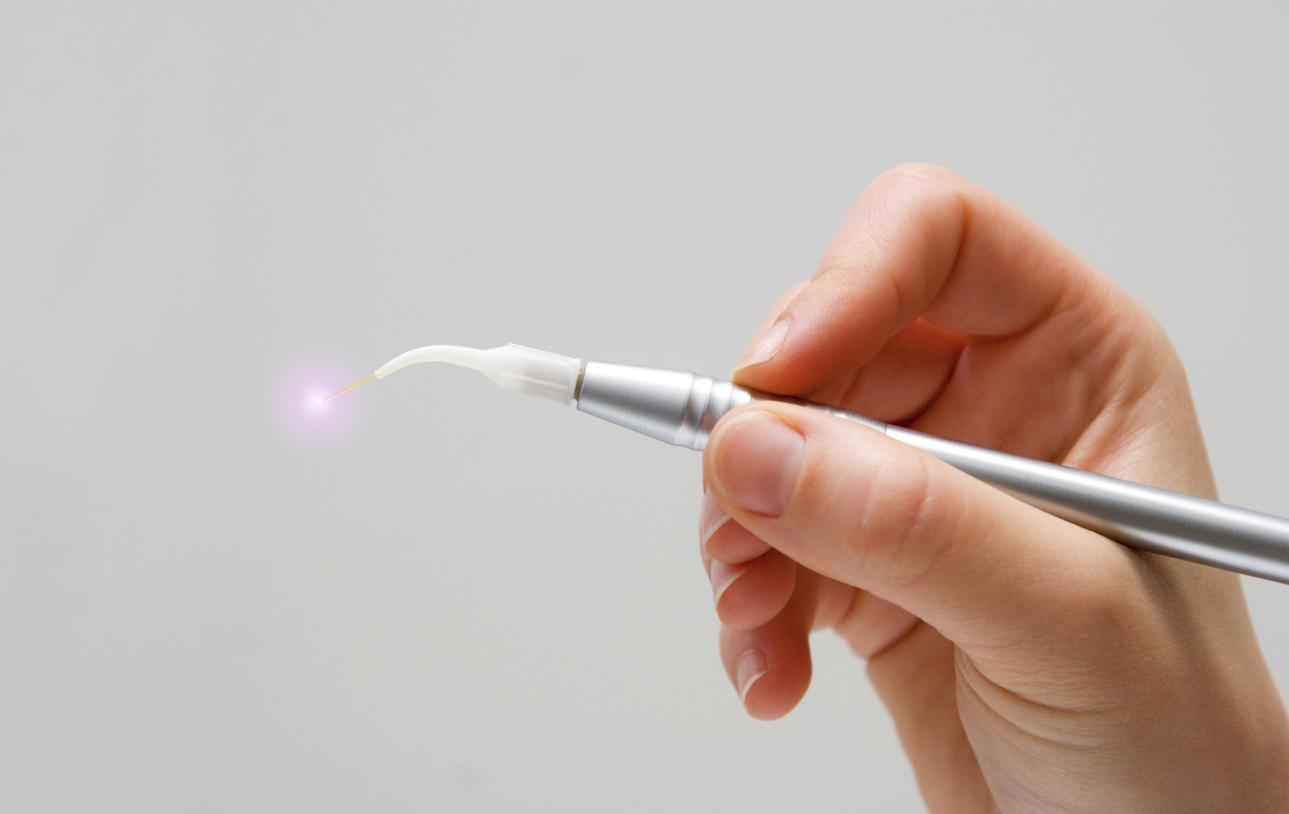
A dentists hand holds a activated dental laser system in his hand. Grey background
Laser Therapy in Skin of Colour
Skin of colour refers to non-white skin types that usually have a value of V and VI on the Fitzpatrick skin phototypes. It is characterized by an increased amount of epidermal melanin (contains brown pigment), overactive fibroblasts, labile melanocyte response, and more widely distributed melanosomes (granules that contain melanin within melanocytes).
Melanin tends to absorb and scatter energy transmitted from ultraviolet radiation (UVR) which makes the skin of colour experience less epidermal damage after being exposed to UVR and have lower chances of undergoing photoaging in comparison with people who have lighter skin.
Unlike lighter skin, skin of colour almost always develops pigmentary changes as a result of injury and inflammation. Melanin can also act as a competitive chromophore which increases the risk of developing side effects after an epidermal injury caused by laser.
People with darker skin are more prevalent towards hypertrophic scarring and keloids after any type of skin injury.
Medical indications for laser therapy are similar for every skin colour. However, women of colour often receive laser treatment for the reduction of hyperpigmentation for common aesthetic concerns.
Laser therapy can also be used to remove dark, coarse, and terminal hairs which often leads to psedofolliculitis barbae, folliculitis decalvans, and folliculitis keloidalis nuchae in skin of colour.
The safest laser for people of colour is using long-pulsed infrared laser, for instance, Nd:YAG. Its wavelength (1064 nm) is located at the end of the absorption spectrum of melanin. It results a sufficient amount of thermal injury to the dark and coarse hair. Energy is delivered slowly, which results in heat dissipation and cooling as well as minimizes the damage to the epidermis. However, even infrared lasers may cause hyperpigmentation and unwanted side effects.
The usage of alexandrite laser (755 nm) has not been studied in skin of colour a lot, but some cases have reported results of blistering.
Acne scars are usually treated with ablative CO2 or EY:YAG laser. However, it may cause a thermal injury to skin types V and VI and lead to post-inflammatory hyperpigmentation.
Contact cooling can be used to protect epidermis from thermal injury. This type of cooling relies on conduction. Contact cooling can be active (sapphire laser windows and copper tips) or passive (ice cubes). The non-cooling type of cooling includes cold air convection or cryo-cooling.
There are a few rules and special techniques used that help to reduce the chances of epidermal injury. Nd:YAG laser should have a long wavelength and wider pulse times. A test pulse or set of pulses can be used to check how skin reacts to laser treatment. Multiple and short sessions are recommended because the risk of epidermal damage is reduced.
Patient’s expectations should be realistic about laser treatment. One should be informed about all potential risks and side effects associated with laser treatment.
The new so-called “energy-based” devices have a less negative impact in the skin of color and often are preferable e.g Infini.
Centre for Medical and Surgical Dermatology offers unique and personalized laser treatment options for each patient. For more information about laser and non-laser treatment options, visit the following link:
For more information about acne scarring, visit the following links:
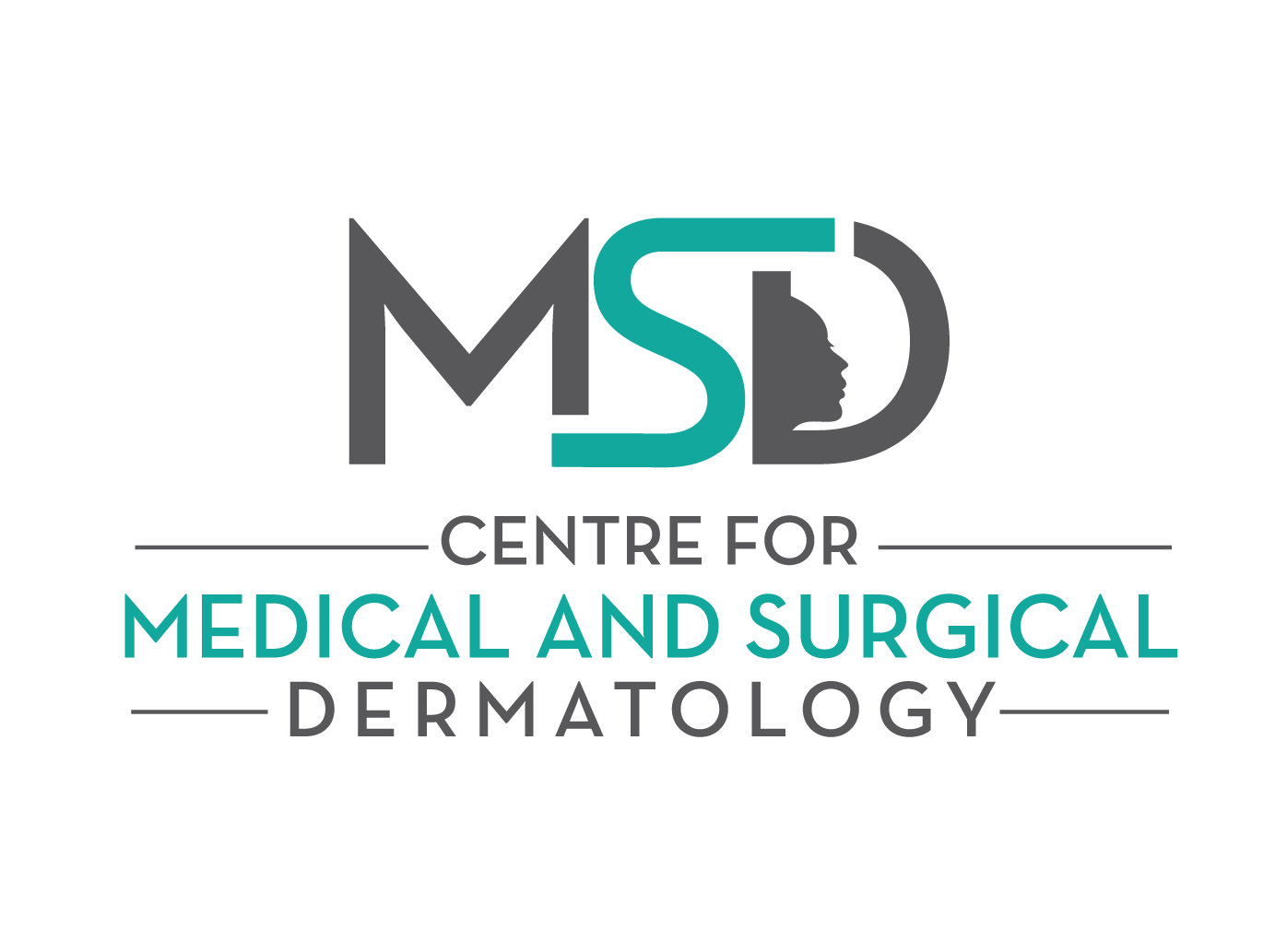
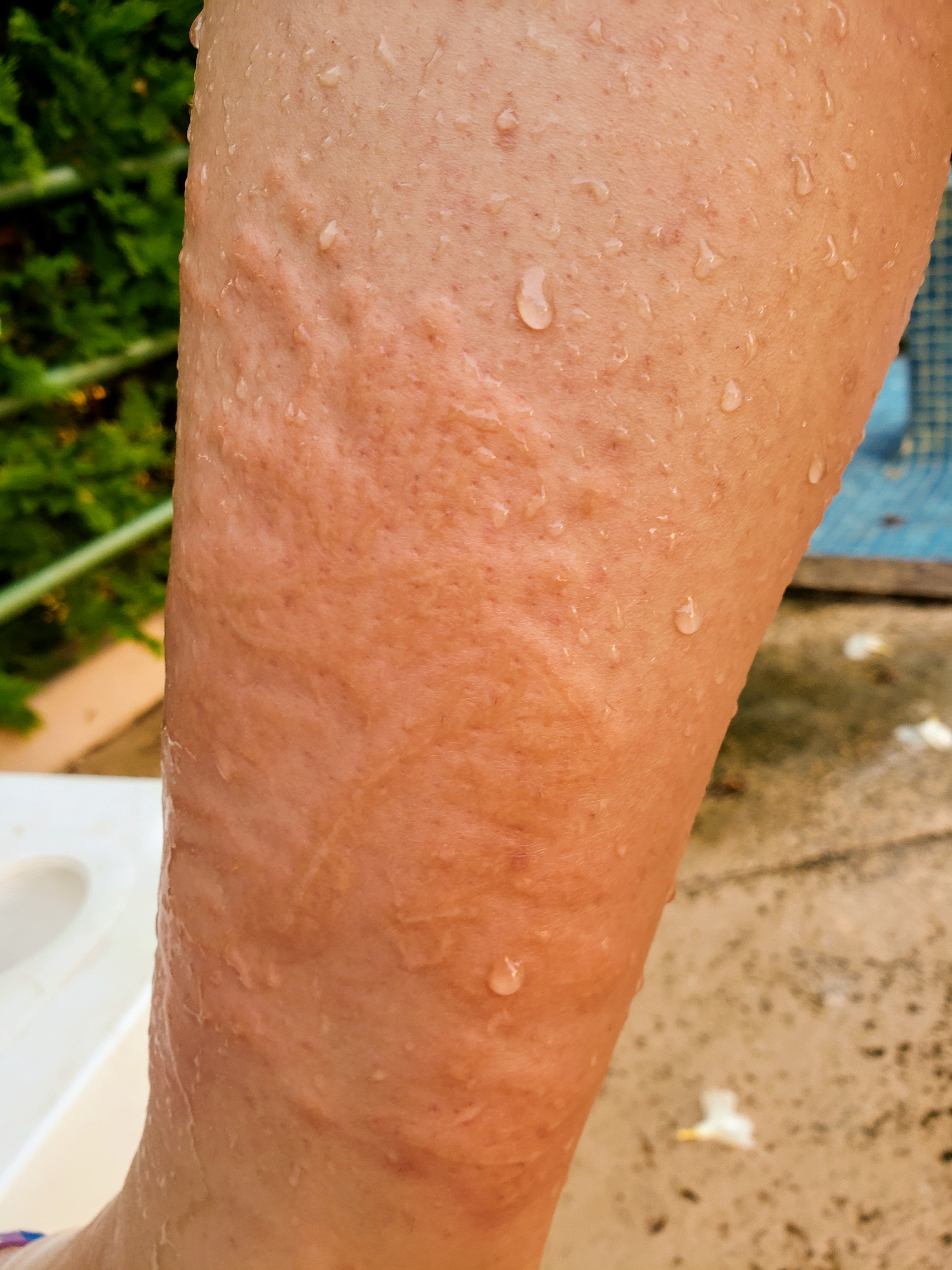
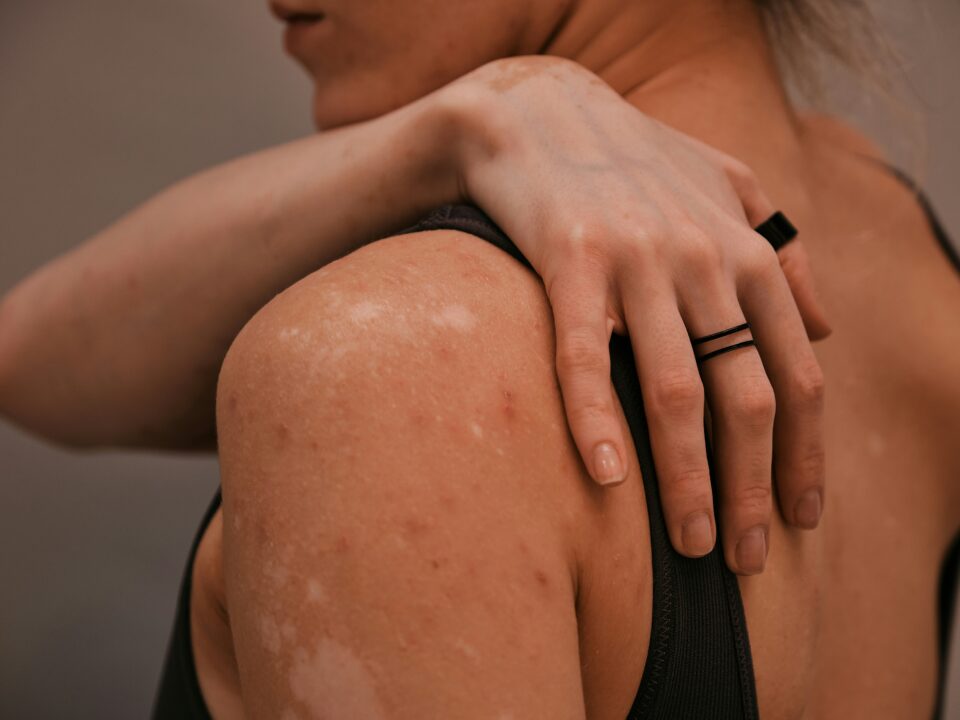
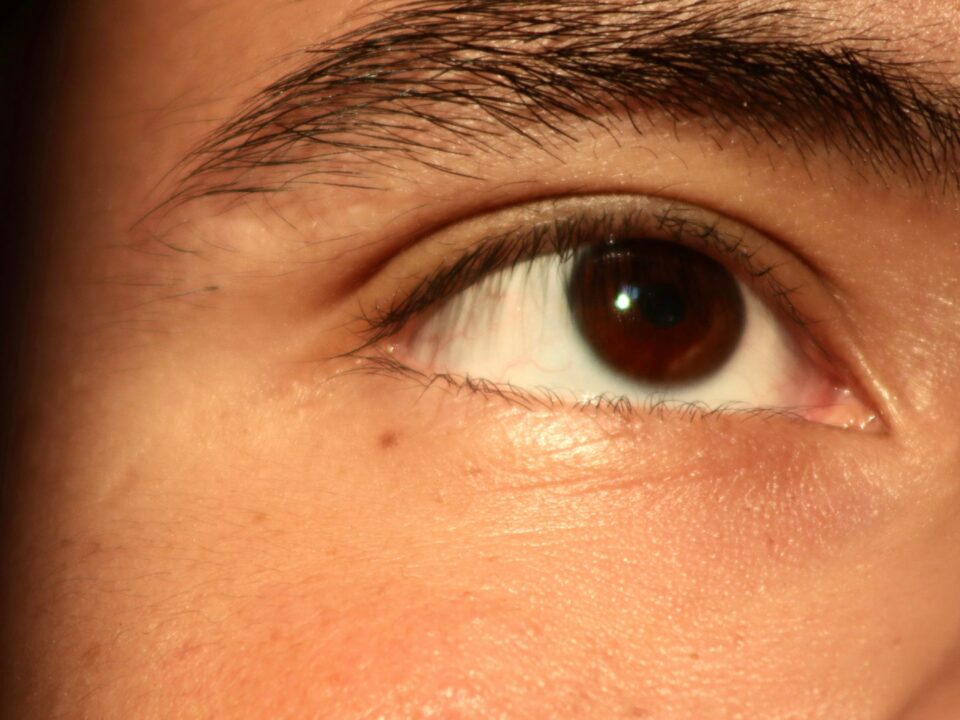
1 Comment
That is a very good tip especially to those fresh to the blogosphere.
Brief but very precise info… Appreciate your sharing this one.
A must read post!